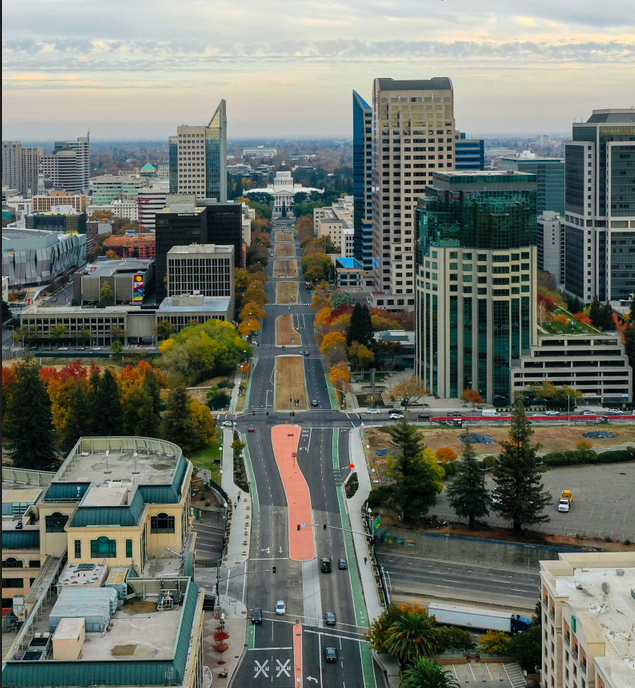The Governors’ Highway Safety Association wants you to know it's working really hard on pedestrian and bicycle safety. The coalition of state road safety agencies just put out another report in a series of well-intentioned but a off-base attempts to draw attention to the issue.
In Everyone Walks: Understanding and Addressing Pedestrian Safety, GHSA notes that pedestrian deaths have increased 15 percent since 2009 and recommends a “3 E” approach -- engineering, enforcement, and education. Except, forget the engineering part, because GHSA’s members -- state highway safety offices -- “are tasked with tackling the behavioral side of traffic safety -- laws and their enforcement, and education -- but do not usually handle infrastructure or engineering,” according to spokesperson Kara Macek. So the 21 recommendations in the report barely touch on infrastructure, arguably the most important factor in making streets safe for everyone.
The recommendations are still wide-ranging, touching on everything from FHWA Section 403 highway safety grants to slow speed zones to the relative merits of overtime pay for traffic cops. But the two E’s left in the “3 E” approach put a heavy emphasis on pedestrian behavior. Case studies include a Philadelphia enforcement campaign that issued 85 percent of its 1,525 warnings to pedestrians. Minnesota warns pedestrians, “Getting smashed at the bar? Don’t get smashed walking home,” and California berates texters with this message:

There are some worthy ideas in there too. Gainesville, Florida, planted pedestrian decoys to catch drivers who don’t yield, and they installed feedback signs at key sites showing how many drivers are yielding appropriately.

And Washington state earmarks traffic camera revenues in school zones for pedestrian safety projects, and the Seattle police department’s Aggressive Driving Reduction Unit works to reduce speeding, failure to yield, and distraction.
The Look Alive Louisville campaign received a $307,000 FHWA highway safety grant to focus enforcement on dangerous, wide arterials with few crosswalks. While the city hasn't been immune to pedestrian-blaming, Louisville also appears to understand that people get hurt because there aren’t adequate crosswalks or the street wasn’t well-lit. The city is working on improving the built environment for safety, including pedestrian medians and new sidewalks, though that’s not covered by the grant.






